Anthurium: Care & Growing Tips for This Beautiful Blooming Houseplant

Anthurium are beautiful flowering plants that can be grown indoors if the conditions are right. These anthurium care & growing tips will help you keep yours healthy & looking great.
I first saw a picture of an anthurium in a magazine when I was in my teens (many moons ago way before the internet took over our lives!) and had never seen anything like it before. A few years later, when living in New York City, I walked into a bank and there was a huge flower arrangement full of them. I touched one of the waxy blooms and was in floral heaven. Now the plants are sold in the houseplant trade but they can be a bit tricky to grow indoors.
They grow outdoors in places with high humidity and mild winters like Hawaii, Florida, and in the tropical rainforests of South America and the Caribbean. There are many species and varieties of Anthuriums and these care tips apply to them all. The one I’ve seen commonly sold as a houseplant is the Anthurium andraeanum. That’s the one I have.
If you’re growing your anthurium as temporary color (the flowers last about 6 weeks), like some people do orchids and bromeliads, then you can skip this. They won’t be tricky to keep alive for a couple of months.
Anthurium Care as Indoor Houseplants
I prefer to keep them as long-lasting houseplants because I love the foliage as much as the flowers. Here’s what I’ve learned about growing them over the past 20 years.
Anthuriums are slow to moderate growers. If the conditions are to their liking, they’ll grow faster. When light levels are too low, the growth rate will be slow to none. It’s almost summer as I’m writing this & mine is putting out a lot of new growth at the base.
Smaller ones (4″ pot size) are often used in dish gardens.
The most common use for anthuriums is as a blooming tabletop plant.
I’m adding these in for fun because I also have them growing in my home. They’re in the same plant family as the anthurium & are popular houseplants: pothos, monstera (care post coming on this plant soon), arrowhead plant & peace lily. Another common name for the anthurium besides Flamingo Flower is Red Peace Lily.
Anthurium Care and Growing Tips:
They prefer moderate or medium light & need this exposure to bloom. Near but not in a window is good.
Anthuriums are epiphytic just like orchids & bromeliads. They grow under the cover of other plants. If the light is too strong (like a hot, west exposure close to a window) , your plant will burn.
Mine grows on a tea cart in my hall about 10′ east facing the front door. I’ve had the door open for most of the spring giving my plant the light it loves. Now the temps. have reached 100F here in Tucson & the door’s only open 1st thing in the morning. I’ll move this plant to my bright kitchen very soon & then again when the temps. go down from mid-Dec. through February & the door is closed.
You too may have to move your anthurium as the light changes.
Mine gets watered once a week at the moment. I take it to my kitchen sink for the watering & spray the foliage too. Just like a brief tropical rain!
The weather is really heating up here in Tucson so I’ll start to water mine every 5 days through August. In winter I water it every 10-14 days depending on the temps & light levels.
Your anthurium might need more or less – this houseplant watering 101 posts will help you out. Basically, the more light & warmth, the more often yours will need watering.
1 thing: back off on the frequency in the winter. Plants need to rest at this time of year plus the light levels & temps tend to be lower. Even though this plant doesn’t like to dry out, it doesn’t like to stay sopping wet or sit in a saucer of water.
Because they’re epiphytes, don’t keep your anthurium constantly wet. They’re subject to root rot. Another thing to watch out for is moisture on the leaves. Mine dries out fast here but fungus on the foliage can be an issue.
If your home is comfortable for you, it’ll be so for your houseplants too. Anthuriums like it on the warmer side in the growing months & cooler in the winter when it’s their rest time. Just be sure to keep them away from any cold drafts as well as air conditioning or heating vents.
Anthuriums love it! They’re native to the rainforest regions after all. If the leaves of yours are showing tiny brown tips, that’s a reaction to the dry air in our homes. Here in hot dry Tucson, some of the leaves on mine have teeny brown tips but you have to look close to see them.
I have a large, deep kitchen sink with a faucet water filter. As I said, every time I water my anthurium I take it to the sink, spray the foliage & leave it in there for an hour or so to temporarily up the ante on the humidity factor. I avoid spraying the flowers; just the foliage.
I have a small glass behind my anthurium which I keep filled with water along with a diffuser which I run a few hours a day. This seems to work for mine here in the dry desert.
If you think yours look stressed due to lack of humidity, fill the saucer with pebbles & water. Put the plant on the pebbles but make sure the drain holes &/or the bottom of the pot isn’t submerged in water. Misting a few times a week should help out too.
I give most of my houseplants a light application of worm compost with a light layer of compost over that every spring. Easy does it – 1/4 to 1/2″ layer of each for a larger sized houseplant. With anthuriums, I just use the compost. Read about my worm compost/compost feeding right here.
Because anthuriums flower every year, I give mine a watering with Eleanor’s vf-11 once a month March through October. We have a long growing season here.
Anthuriums like phosphorous. It’s good for the roots & flowers of a plant as well as the overall growth & health. The letters on a bottle or box of fertilizer are N-P-K. Phosphorous is the middle number so it’s best to have that be the highest number. The formulation of Eleanor’s VF-11 is .15-.85-.55.
You don’t want to fertilize houseplants in late fall or winter because that’s their time for rest.
Don’t over fertilize your anthuriums because salts build up & can burn the roots of the plant. This will show up as brown spots on the leaves. Avoid fertilizing a houseplant which is stressed, ie. bone dry or soaking wet.
Anthuriums prefer a mix suited for epiphytes. Something which is coarse, porous & rich.
Mine is currently growing in sphagnum moss. When I repot it, I’ll use 1/3 moss, 1/3 coco coir & 1/3 of my DIY succulent & cactus mix with a sprinkling of compost.
Alternative mixes would be: 1/2 peat moss or coco coir & 1/2 orchid bark; cymbidium orchid mix.
This is best done in spring or summer; early fall is fine if you’re in a warm climate. The faster your plant is growing, the sooner it’ll need repotting.
Repotting your anthurium every 2-4 years will be fine. I go up 1 pot size.
This is 1 houseplant which I’ve never propagated. I heard it can be done by division, cuttings & seeds. some growers use a method called tissue culture.
Not much is needed. The main reasons to prune your anthurium are to take off the occasional yellow leaf or the spent flowers.
Just make sure your pruners are clean & sharp before you do any pruning.
Mine have never gotten any. They can be susceptible to mealybugs, especially deep inside the new growth. These white, cotton-like pests like to hang out in the nodes & under the leaves. I simply blast them off (lightly!) in the kitchen sink with the spray & that does the trick.
Also, keep your eye out for scale & aphids. It’s best to take action as soon as you see any pest because of multiply like crazy. Pests can travel from houseplant to houseplant fast so make you get them under control pronto.
Anthuriums are considered to be toxic. I consult the ASPCA website for my info on this subject & see in what way the plant is toxic. Here’s more info on this for you.
Most houseplants are toxic to pets in some way & I want to share my thoughts with you regarding this topic.
Oh yes, plants breath through their leaves & like to have them be clean. Plus, they’ll look much better!
Both anthurium flowers and foliage are naturally shiny & don’t need any kind of leaf shine. It blocks their pores & hinders the respiration process.
I cleaned mine right before this post & video so it was nice & pretty for you. I sprayed diluted Mrs Meyer’s Soap (which I use for cleaning) onto a wet, soft cloth & wiped each leaf. It brings out the natural shine of this plant. I do the cleaning twice a year or as needed. Any mild, natural liquid soap (like Dr. Bronner’s) will also be fine to use.
Oh yes, we all love those long-lasting flowers! Each 1 lasts up to 6-7 weeks, depending on how warm & bright your home is. Not all the flowers open at once so you’ll get a nice long bloom time.
Most anthuriums sold as houseplants have red flowers. Different species & varieties also come in white, purple, pink & bi-colors like pink/green & red/green.
The reds part is the spathe & the flowers are tiny & found on the spadix. Technicalities aside, the whole thing is called the flower.
Mine started to set blooms at the end of winter & is still in bloom in mid-June. It has 5 open flowers on it, 2 of which are freshly open.
When the spadix starts turning green, the flower is starting its decline. I always leave them on until they start turning brown & look bad.
Where to deadhead an anthurium flower: go all the way down the stem until you’re at the base of the plant. Cut at that point to remove the whole thing.
- Kept too wet
- Not enough light
- Wrong soil mix
- Not enough humidity
Speaking again of humidity, anthuriums prefer it above 50-60%. I used to grow them when I lived in San Francisco and bought them at the San Francisco Flower Mart. The humidity in that city averages 60-75%. I now live in Tucson where the humidity falls between 20-30%. That’s why I have to up the ante on the humidity factor here!
Anthuriums aren’t the easiest care houseplant but are well worth a little extra effort. The heart-shaped foliage is gorgeous and the flowers are the big draw. Why not give 1 a try? Here’s an online source if you can’t find an anthurium locally.
Happy Gardening!
Nell
Enjoyed the project?




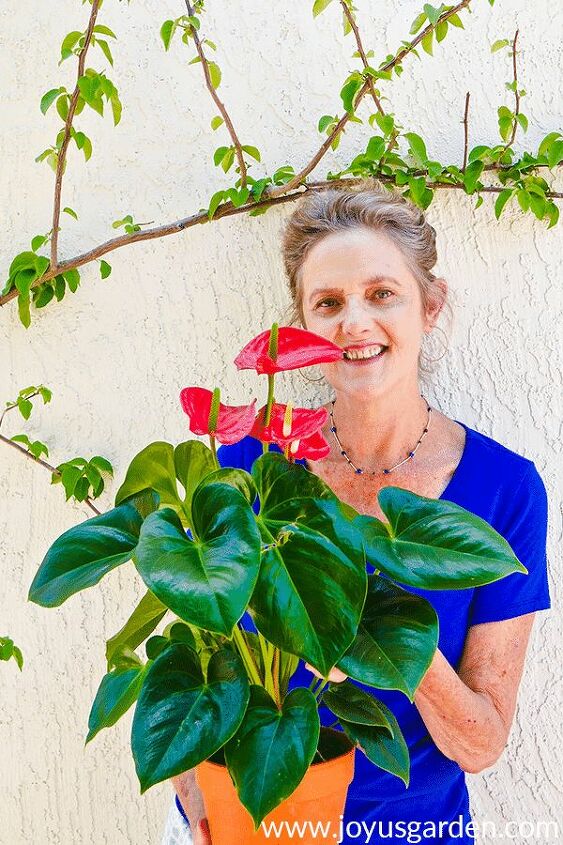
















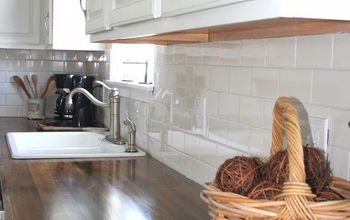

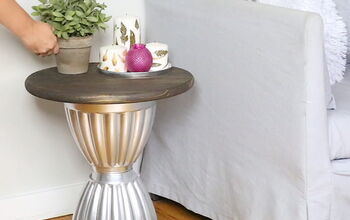

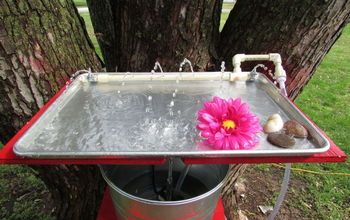

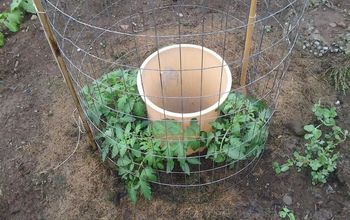


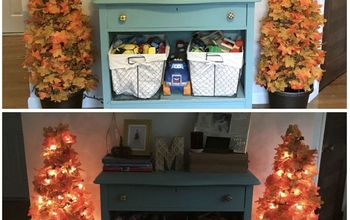
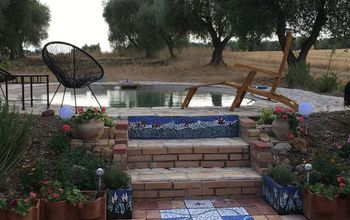

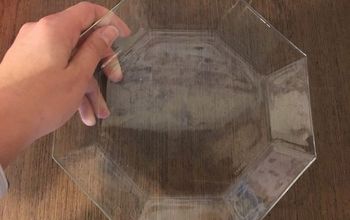
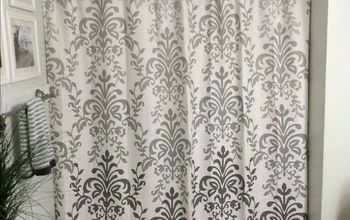



Frequently asked questions
Have a question about this project?